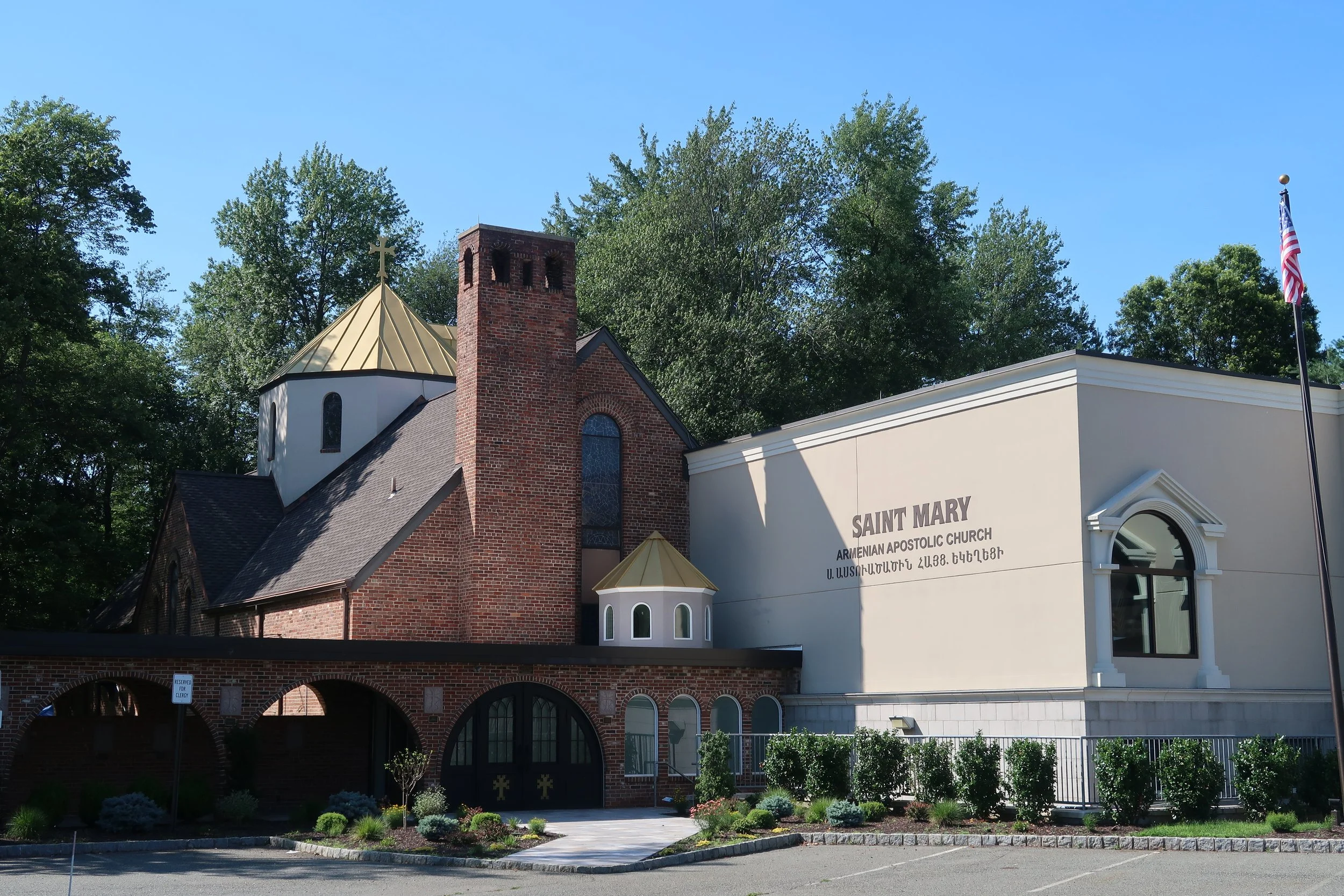The Armenian Church is an ancient apostolic church whose origins extend back to the preaching and ministry of Christ’s apostles, Thaddeus and Bartholomew in the first century.
THE ARMENIAN CHURCH
A BRIEF HISTORY
The origins of the Armenian Church date back to the period of apostolic evangelization. During the first centuries of Christianity, Armenia had close relations with the West where the new religion had spread. The influence of Syrian Christians came from the south. According to tradition, the founders of the Armenian Church were the apostles Thaddeus and Bartholomew, whose graves can be found in Armenia and are honored as holy shrines. A succession of Armenian bishops, whose names are remembered in manuscripts, lived in Armenia from the early evangelical period until the beginning of the fourth century, when the country officially accepted Christianity. Apart from this, numerous persecutions of Christians took place in Armenia when Christianity was an underground movement, particularly in the years 110 A.D., and 387 A.D.
The complete and official conversion of Armenians to Christianity was executed in 301 by St. Gregory the Illuminator, who was an Armenian Parthian by birth and had studied in the city of Caesarea in Cappadocia. He is the patron saint of the Armenians.
The Christian evangelization of Armenia continued during the fourth century with the great help of Greek and Assyrian evangelists. But the spreading of the Gospels faced obstacles because Armenians did not have their own alphabet. To overcome this problem, Mesrob Mashdots, an Armenian monk, invented the Armenian alphabet in 405 A.D. with the support of King Vramshabouh and Catholicos Sahag. During the next thirty years, the Bible was translated into Armenian from Greek Septuagint (LXX) as well as the important writings of the Fathers of the Church. These translations successfully rival Latin and Greek renditions of the Holy Bible in their clarity and richness of language and precision of syntax. As a result of this cultural revolution, the Armenians had the courage to revolt against the mighty Persian State and, led by St. Vartan, battled to defend their faith.
The Arab invasion of Armenia lasted from 640 A.D to 885 A.D. In the next period (885-1045), an independent kingdom was established by the Pakraduni Dynasty and later the Roupinian Dynasty set up the independent Kingdom of Cilicia (1199-1375). Beginning from 1375 until the recent past, Armenian history was shaped by foreign rule in Armenia and in the other countries where Armenians immigrated and settled.
Since the first day of Christianization, Armenians have followed the Church of Alexandria doctrinally and in ecclesiastical direction principally through the Cappadocian Fathers. Christologically, they have held the same doctrine as St. Cyril and have professed the creed “One Nature of the Incarnate Word of God,” while at the same time anathematizing the monophysitism of Eutyches. The Armenian Church teaches that Christ became a real and perfect Man in body, mind, and soul without ever ceasing to be God. Of the Seven Ecumenical Councils, the Armenian Church has accepted the decisions of the first three (Nicaea in 325, Constantinople 381, and Ephesus in 431), rejected the fourth and has refrained from pronouncement relating to the subsequent councils. The Armenian Church’s teachings on sacraments and church order do not differ from the other Orthodox Churches.
Written by Archbishop Tiran Nersoyan
Since its founding in A.D. 303, Holy Etchmiadzin has been the preeminent site of the Armenian Church, inspiring millions of faithful and preserving some of the earliest practices of the Christian religion. Situated in the modern Republic of Armenia, Holy Etchmiadzin has maintained a long tradition of promoting Christian unity and interfaith dialogue. "Everyone Prays at Holy Etchmiadzin" documents the daily life and seasonal passages of this ancient Christian center.
Our Mission
The Mission of the Armenian Apostolic Orthodox Church is to preach the Gospel of Our Lord Jesus Christ and to proclaim its message of salvation. This mission is realized through worship, education, witness, service, and a common life in Jesus Christ as expressed in the distinctive faith-experience of the Armenian people. All members of the Armenian Church–both clergy and lay–are called to participate fully in its mission.
St. Mary Armenian Church is the “Growing Church that Shares and Cares at Prayer”, located in Livingston, New Jersey. She is officially listed as the 13th largest parish of the Eastern Diocese of the Armenian Church of America and has been in existence for over 80 years. The Eastern Diocese is headed by her primate Archbishop Khajag Barsamian who resides at the Diocesan Cathedral of St. Vartan in New York City. The Diocese is under the jurisdiction of Holy Etchmiadzin in Armenia where the successor to St. Gregory the Illuminator, the Supreme Patriarch and Catholicos of all-Armenians, His Holiness Karekin II, resides.
St. Mary Armenian Church offers her parishioners, both old and young, a commitment to religious spiritual development and fellowship in an Armenian cultural context.
Her mission is to proclaim the Good News of Jesus Christ by the celebration and administration of the Word and Sacraments instituted by Christ and confirmed by the apostolic teaching and doctrine, according to the Armenian Church’s Sacred Traditions.


